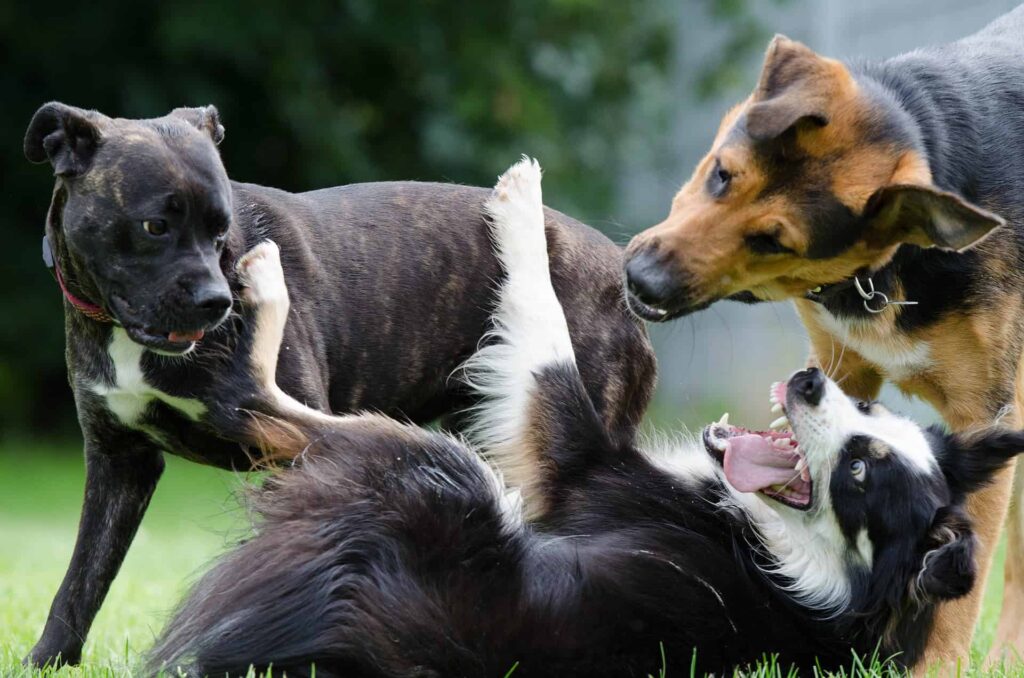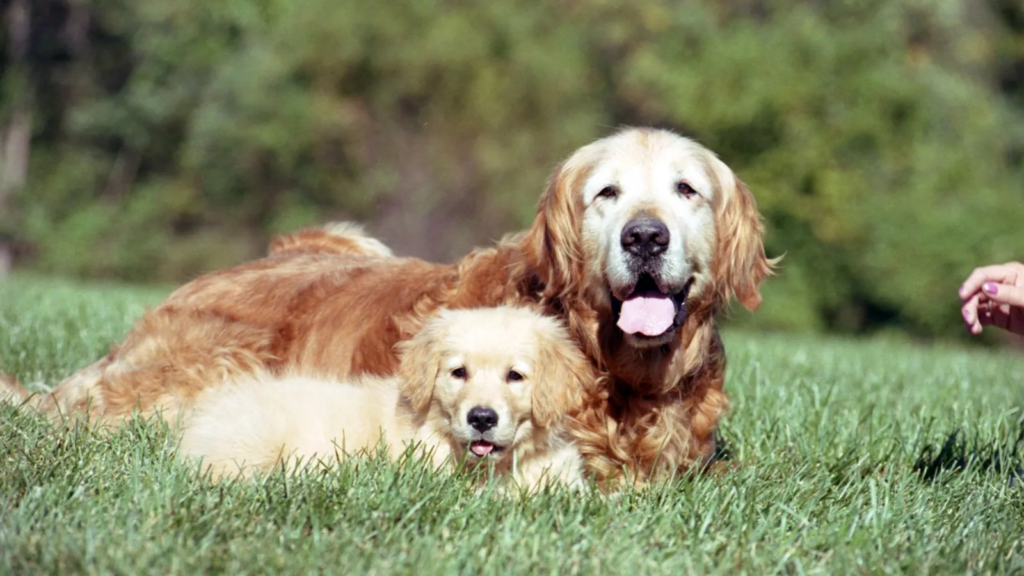Introducing a New Dog to a Jealous Dog

Introducing a New Dog to a Jealous Dog:- Bringing a new dog into a home with an existing dog can be a delicate process, especially if the current dog is prone to jealousy. Jealousy in dogs can present itself through various behaviors, such as aggression, resource guarding, or excessive attention-seeking. To ensure a harmonious introduction and build positive relationships between the dogs, it’s crucial to approach the process with careful planning and patience.
In this guide, we’ll delve into strategies for introducing a new dog to a jealous canine, addressing common concerns, and exploring industry trends. Additionally, we’ll share expert advice and practical tips from professionals to help you navigate this transition smoothly.

Do Dogs Get Jealous?
Yes, dogs can experience jealousy, much like humans. As social animals, dogs respond to social interactions with complex emotions. One key player in these emotions is oxytocin, often called the “love hormone.” This hormone increases when you and your dog share affectionate moments, strengthening your bond.
However, oxytocin is also linked to jealousy. When you bring a new puppy into your home, your existing dog might feel threatened and insecure. To ease this transition, introduce the new puppy gradually and ensure that your current dog doesn’t feel overlooked. While it’s important to give the new puppy the care it needs, it’s equally vital to maintain and reassure your dog’s sense of security and importance.
A study conducted by the University of Vienna provides evidence that dogs can indeed feel jealousy. In the experiment, two dogs were paired and asked to perform a “shake hands” trick. However, only one dog received a reward for completing the task.
The study revealed that the dog that wasn’t rewarded displayed signs of jealousy. It refused to perform the trick and showed signs of frustration and stress about its partner receiving the reward. This behavior indicated that the dog was experiencing jealousy.

Interestingly, the study also found that dogs are more concerned with fairness—whether each dog is equally rewarded for their efforts—rather than equity, which involves the quality of the rewards. Therefore, to minimize jealousy when introducing a new puppy, make sure to give your existing dog plenty of love, care, and attention to help maintain a balanced and harmonious environment.
Here are some tips for successfully introducing a new dog to a dog that might be feeling a bit jealous:
1. Choose a Neutral Meeting Spot: Set up a meeting place where both dogs can see and sniff each other safely without physical contact. This could be at the edge of a park or in your backyard with both dogs leashed.
2. Manage Feeding: Remove your current dog’s food bowls before introducing the new dog. In the future, feed them in separate rooms to prevent any food-related tension.
3. Facilitate Scent Communication: Allow the dogs to sniff each other’s behinds. Dogs use scent to communicate, and this will help them become acquainted.
4. Supervised Playtime: Let the dogs play together under supervision. Start with short play sessions and gradually increase the time as they get used to each other. Initially, you might want to use baby gates to keep them separate but visible.
5. Give Equal Attention: Ensure you give both dogs equal attention to prevent jealousy. Spend quality time with each dog both together and individually.
6. Be Patient and Positive: Building a friendship between the dogs may take time. Stay patient and keep the interactions positive to help them bond.
If your dogs seem too distracted, excited, or anxious to meet properly, consider taking them on a dual activity. A walk in a quiet, calm area can help them focus on each other’s company and enjoy the outing together.

For safety, use separate handlers for each dog and keep a safe distance between them. If either dog appears angry or anxious, it’s best to keep them apart and try the introduction again later.
If one dog is eager to meet while the other is nervous, spend individual time with each dog doing their favorite activities away from the other. This helps each dog relax and feel loved, which can aid in the introduction process.
Always keep the dogs separated until they are fully comfortable and happy with each other. Avoid using physical punishment if they don’t get along; it can create fear and aggression. Instead, focus on positive reinforcement to encourage good behavior.
Are Some Dog Breeds More Prone to Jealousy?
Jealousy can affect any dog, regardless of breed. While some breeds might be more inclined to experience separation anxiety or exhibit guarding behaviors, jealousy itself isn’t confined to specific breeds. Currently, there’s no peer-reviewed research that supports the idea that certain breeds are inherently more jealous than others.
Signs of a Jealous Dog
Jealousy in dogs can manifest in various ways, from overt behaviors to more subtle cues. Look out for these signs that your dog might be feeling jealous:
– Positioning themselves between you and another pet or person
– Whining when you give attention to someone else
– Pressing their body against you, seeking physical closeness
– Growling when you show affection to another
– Barking, performing tricks, or engaging in other attention-seeking behaviors
– Having accidents indoors, or not using their designated pee pad
Also Read:-




